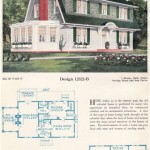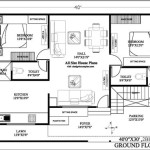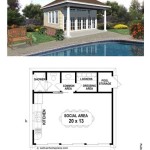Essential Aspects of Quail Breeder Cage Plans
Quail breeding is a rewarding activity that can provide fresh and nutritious eggs. To ensure the success of your breeding program, it is crucial to have well-designed breeder cages that meet the specific needs of quail.
Here are some essential aspects to consider when planning quail breeder cages:
1. Cage Size and Specifications:
The size of the cage will depend on the number of quail you intend to breed. A general rule of thumb is to provide 1 square foot of space per breeding pair. The cage should be at least 24 inches wide, 18 inches deep, and 18 inches high.
2. Ventilation and Airflow:
Proper ventilation is vital for the health and well-being of your quail. The cage should have ample air holes or a ventilation system to ensure fresh air circulation. This is especially important in closed or indoor environments.
3. Nesting Boxes:
Quail require nesting boxes where they can lay their eggs. The boxes should be dark and enclosed to provide a sense of security. They should also be placed at a low height within the cage, as quail prefer to nest close to the ground.
4. Perches and Roosts:
Quail are not strong fliers, so perches and roosts are essential for them to rest and escape from the floor. Perches should be placed at different heights to provide options for the birds.
5. Feeders and Waterers:
Provide adequate feeders and waterers within the cage. Feeders should be designed to prevent spillage and contamination, while waterers should be easy to clean and refill regularly.
6. Flooring:
The flooring of the cage should be absorbent and provide good drainage. It is important to avoid using materials that can retain moisture, as this can lead to health issues such as bumblefoot.
7. Lighting:
Quail require a specific light cycle to regulate their reproductive behavior. Provide 14-16 hours of light per day for optimal egg production.
8. Hygiene and Sanitation:
Maintain a clean and hygienic cage environment by regular cleaning and disinfection. This will help prevent the spread of diseases and keep your quail healthy.
9. Material Selection:
Choose durable and easy-to-clean materials for the construction of the cage. Avoid materials that are toxic or harmful to quail.
10. Biosecurity Measures:
Implement biosecurity measures to prevent the introduction of diseases into your quail flock. This includes measures such as quarantine for new birds, disinfection of equipment, and regular monitoring for signs of illness.
By following these essential aspects, you can design and build quail breeder cages that promote the health, well-being, and productivity of your birds.

Quail Cage Build Made Easy Simply Homestead

Quail Cage Design And Plan Coop Raising

Quail Cage Build Made Easy Simply Homestead

Free Quail Cage Plans Yahoo Search Results House Coop Bird

How To Build A Quail Habitat With Pictures Wikihow

Diy Quail Pen Plan Using Pre Made Shelving System

Commercial Quail Cages For Egg Ion

The Quail Hutch Backyard Coop Plans Garden

Quail Cage For With Great S High Quality Breeding Cages

18 Diy Quail Hutch Ideas And Designs Coop House Ens Backyard








